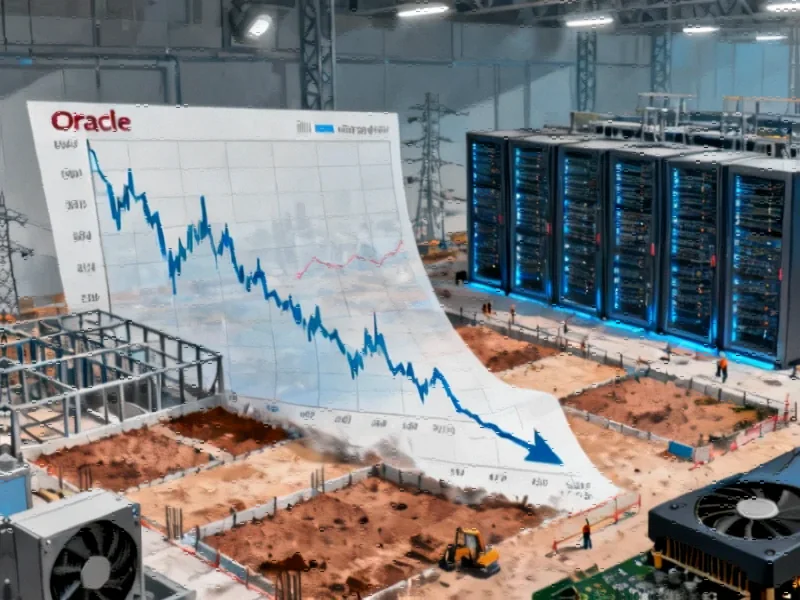Economic Barriers to Manufacturing Investment May Ease by 2026
Industry analysts are suggesting that the capital spending logjam that has constrained manufacturing investment could begin to break within the next two years. According to reports from economic strategists, multiple factors are converging that might stimulate renewed investment flow throughout the industrial sector.
Expert Analysis Points to Potential Investment Catalysts
Marc S. Robinson, Ph.D., managing partner at Arbalète LLC, brings substantial credentials to the manufacturing investment conversation. As an economist with over three decades of experience advising multinational corporations, governments, and nonprofit organizations, his perspective carries significant weight in industry circles. Robinson, who holds a Doctor of Philosophy degree, previously served on the President’s Council of Economic Advisors and has academic experience at institutions including UCLA and Stanford University.
Sources indicate that Robinson and his colleague John Jullens, through their C-Suite applied business strategy newsletter, are tracking several emerging trends that could reshape manufacturing investment patterns. Their analysis reportedly examines how technological innovation and shifting market dynamics might overcome current investment hesitancy.
Technological Innovation as Investment Driver
Recent developments in manufacturing technology appear to be creating new opportunities for strategic investment. According to the analysis, advancements in automation, artificial intelligence, and connectivity solutions are generating compelling business cases for capital expenditure that didn’t exist just a few years ago.
Industry observers note that these related innovations in technology infrastructure could provide the foundation for more confident investment decisions. The manufacturing sector’s digital transformation, analysts suggest, may finally be reaching a tipping point where the return on investment becomes clearly demonstrable.
Financial Instruments and Market Dynamics
Beyond technological factors, reports indicate that evolving financial instruments could also play a role in reshaping manufacturing investment. Some analysts are monitoring how market trends in specialized investment vehicles might influence capital allocation decisions.
According to financial observers, the emergence of more sophisticated investment products could provide manufacturers with additional pathways to fund expansion and modernization initiatives. These industry developments in financial markets reportedly offer potential mechanisms for overcoming traditional barriers to capital formation.
Strategic Outlook for Industrial Sector
The broader strategic outlook for manufacturing investment appears cautiously optimistic, according to multiple sources. While challenges remain, including supply chain uncertainties and regulatory considerations, analysts suggest that the convergence of multiple favorable factors could create a more supportive environment for capital deployment.
Economic strategists emphasize that the potential breakthrough in investment patterns would represent a significant shift from the cautious approach that has characterized recent years. The manufacturing sector’s ability to capitalize on emerging opportunities, they note, will likely depend on strategic vision and execution capability at the leadership level.
Looking Ahead to 2026
As manufacturing executives and investors look toward 2026, reports suggest that the conditions for renewed capital spending may be gradually falling into place. While definitive predictions remain challenging, the analysis points to a potential inflection point in industrial investment that could have far-reaching implications for global manufacturing competitiveness.
Industry observers will continue monitoring these developments closely, with particular attention to how technological innovation, financial market evolution, and strategic decision-making interact to shape the future manufacturing landscape.
This article aggregates information from publicly available sources. All trademarks and copyrights belong to their respective owners.
Note: Featured image is for illustrative purposes only and does not represent any specific product, service, or entity mentioned in this article.



